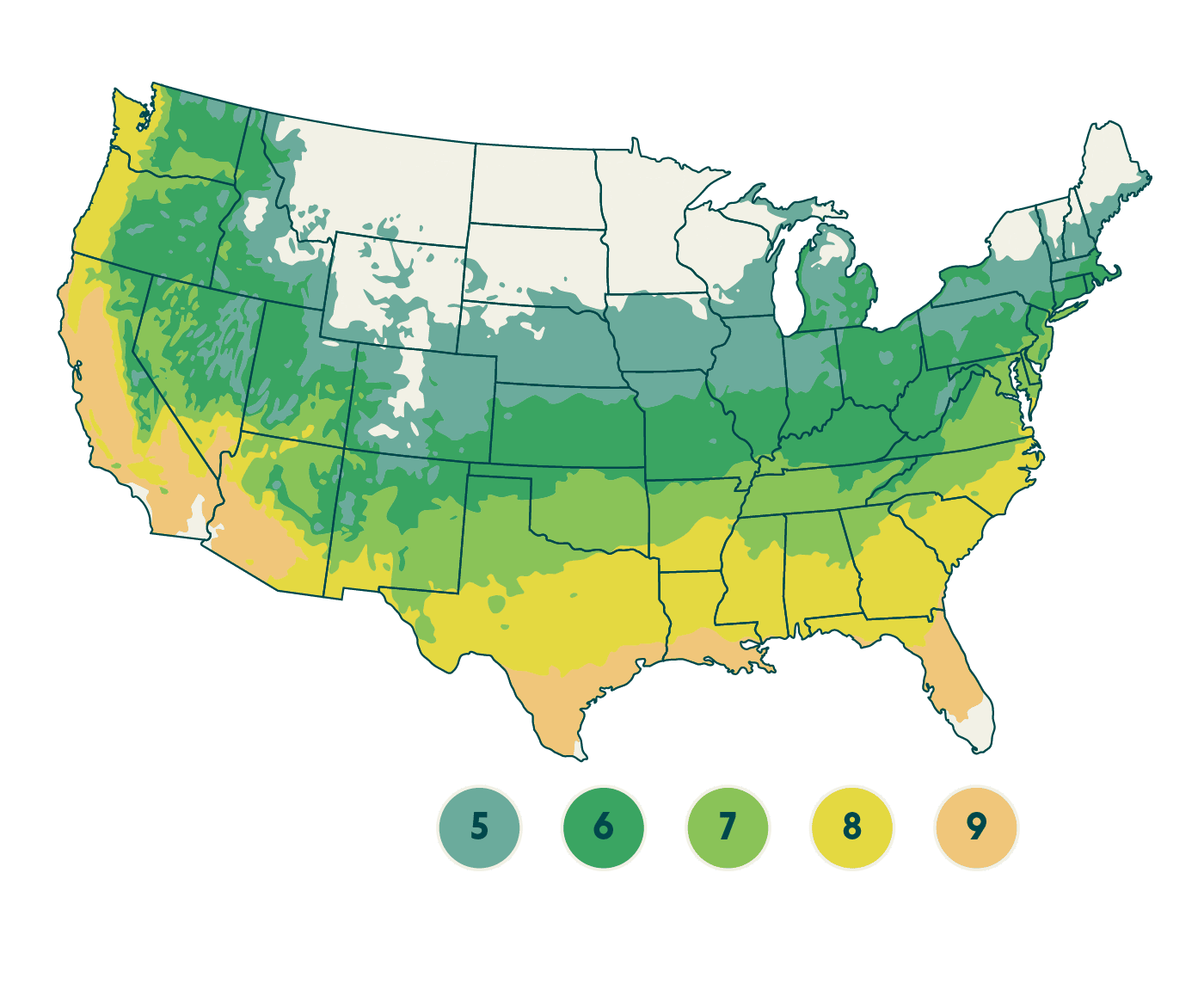Hydrangea macrophylla ‘Stragrum’
Hydrangea - Wee Bit Grumpy®
Wee Bit Grumpy® packs a lot of “wow” into a petite shrub! Glossy green disease-resistant foliage and strong stems support the royal blue mophead blooms of this compact, bigleaf hydrangea. Plant in moist but well-drained soil in a site with afternoon shade. Although Wee Bit Grumpy® is tolerant of a wide range of soil pH levels, application of aluminum sulfate will promote the intense blue flowers. Bigleaf hydrangeas enjoy feeding in spring and a layer of shredded bark mulch. Buds set on previous year’s growth, therefore, do not prune during dormancy or in springtime. Prune only to remove dead wood. Wee Bit Grumpy® is a superb selection in flower beds, foundation plantings, borders, edging or containers. Enjoy the cut stems of this reblooming beauty! Salt tolerant.
Key Plant Details
Planting Zones:
5, 6, 7, 8, 9
Soil Type:
Clay, Sandy, Loamy
Light Requirement:
Part Sun, Sun
Moisture:
Average
Plant Characteristics
Mature Size:
2-3 feet in height, 2-3 foot spread
Annual Growth Rate:
Moderate
Flower Color:
Blue, Pink
Bloom Time:
Fall, Summer
Reblooming:
Yes
Care Tips
Care Tips - Growing:
Bigleaf hydrangeas benefit from a good layer of shredded bark mulch and afternoon shade, particularly in hotter climates. Apply a granular fertilizer formulated for flowering shrubs (like a rose fertilizer) if leaves start to yellow.
Care Tips - Pruning:
Avoid pruning bigleaf hydrangeas, except to remove any dead wood. These hydrangeas cannot be cut back or trimmed at any time of the year without impacting the bloom for either the current season or the next.
Care Tips - Soil:
Moist but well drained soils are best. Mountain hydrangeas are less susceptible to wilting than bigleaf hydrangeas, but cannot take soggy conditions for any period of time. Tolerant of a range of soil pH levels, however, soil pH will influence flower color.
Care Tips - Uses:
flower gardens, cottage gardens, and seaside plantings. They also make a showy addition to foundation plantings and can be used for low hedges or edging.
Zone Map
This plant will grow in these zones


